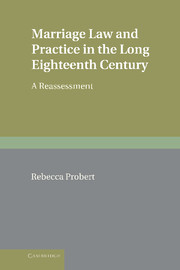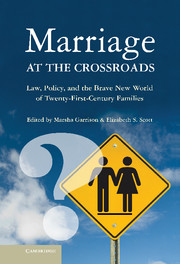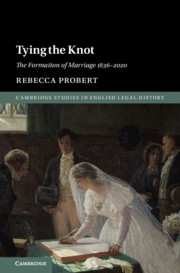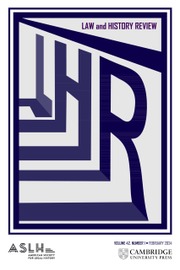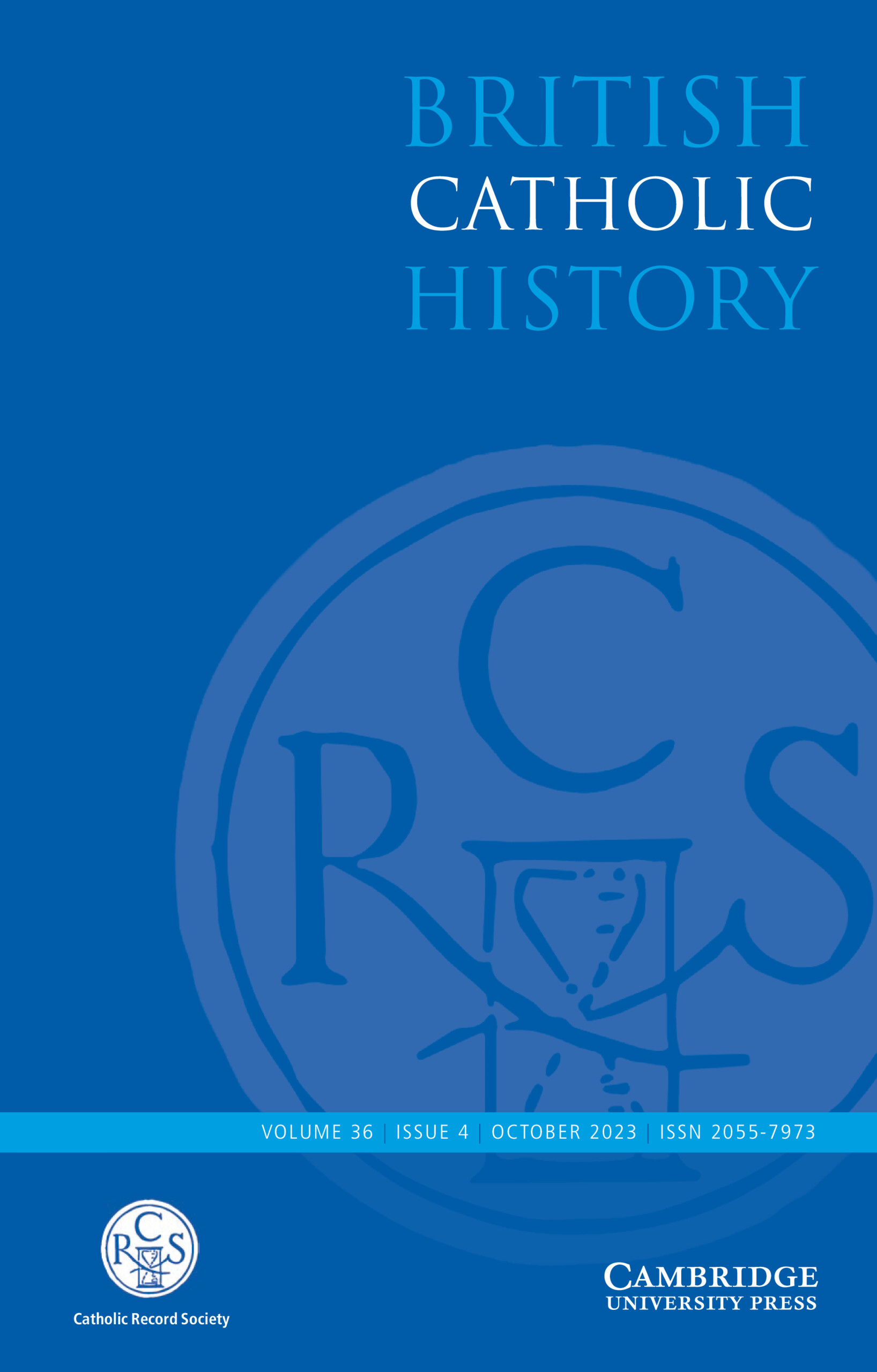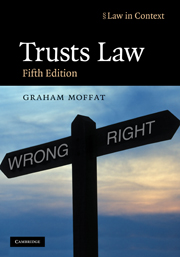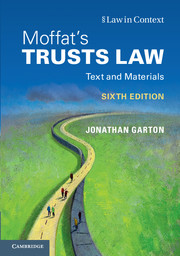Marriage Law and Practice in the Long Eighteenth Century
This book uses a wide range of primary sources - legal, literary and demographic - to provide a radical reassessment of eighteenth-century marriage. It disproves the widespread assumption that couples married simply by exchanging consent, demonstrating that such exchanges were regarded merely as contracts to marry and that marriage in church was almost universal outside London. It shows how the Clandestine Marriages Act of 1753 was primarily intended to prevent clergymen operating out of London's Fleet prison from conducting marriages, and that it was successful in so doing. It also refutes the idea that the 1753 Act was harsh or strictly interpreted, illustrating the courts' pragmatic approach. Finally, it establishes that only a few non-Anglicans married according to their own rites before the Act; while afterwards most - save the exempted Quakers and Jews - similarly married in church. In short, eighteenth-century couples complied with whatever the law required for a valid marriage.
- Uses case studies to illustrate behaviour, tracing the percentage within any given cohort who can be proven to have married in church
- Draws on material from a range of different genres - legal texts, cases, depositions, literary sources, contemporary commentaries
- The author has incorporated newly available resources in electronic form, which enables the emergence of particular ideas to be traced with greater precision
Reviews & endorsements
'The book itself is both accessible, and notable for the care taken in constructing and delivering its arguments … In conclusion, this book is both an enjoyable and an enlightening read. It is characterised by a clear sense of purpose, articulate delivery, and the immense and meticulous scholarly effort upon which it is based.' The Journal of Ecclesiastical Law Society
Product details
July 2009Hardback
9780521516150
372 pages
216 × 137 × 23 mm
0.61kg
2 tables
Available
Table of Contents
- 1. Introduction
- 2. The misunderstood contract per verba de praesenti
- 3. The myths of 'informal' and 'common law' marriage
- 4. The little-considered marriage practices of non-Anglicans
- 5. The unacknowledged regularity of clandestine marriages
- 6. The eventual passage and actual terms of the 1753 Act
- 7. The unappreciated success of the 1753 Act
- 8. The unexplored judicial interpretation of the Act
- 9. The overlooked response of non-Anglicans
- 10. Conclusion.

